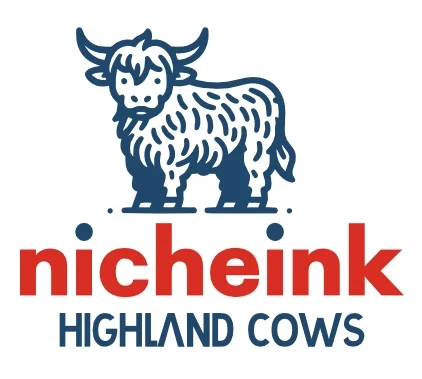Highland Cows: Exploring Their Unique and Distinctive Genetic Makeup
The Beauty of Highland Cows
Highland cows, also known as Highland cattle, are a Scottish breed known for their distinctive appearance and unique genetic makeup. Their long, shaggy coats and impressive horns make them easily recognizable and beloved by many. But what truly sets Highland cows apart is their fascinating genetic characteristics.
A Closer Look at Their Genetics
Highland cows have evolved over centuries to thrive in the harsh Scottish Highlands, developing genetic adaptations that make them well-suited to their environment. One of the most notable features of their genetic makeup is their double coat, consisting of a thick, woolly undercoat and a longer, coarser outer coat. This unique adaptation helps protect them from the cold and wet weather of their native landscape.
The Role of Genetics in Their Resilience
Aside from their physical attributes, Highland cows also possess genetic traits that contribute to their resilience and hardiness. Their ability to efficiently convert rough forage into energy, their strong immune systems, and their easy calving abilities are all influenced by their genetic makeup. These traits have helped Highland cows thrive in challenging environments and make them a valuable breed in agriculture.
Preserving the Genetic Legacy of Highland Cows
As we continue to appreciate the beauty and uniqueness of Highland cows, it is essential to prioritize the preservation of their genetic diversity. Conservation efforts aimed at safeguarding their genetic heritage play a crucial role in ensuring the long-term sustainability of this iconic breed. By understanding and valuing their distinctive genetic makeup, we can help protect Highland cows for future generations to enjoy.
Conclusion
In conclusion, the genetic makeup of Highland cows is a key factor in their charm and resilience. Their unique traits have been shaped by centuries of evolution, allowing them to thrive in challenging environments. By celebrating and preserving their genetic legacy, we can honor the remarkable heritage of these majestic creatures.

